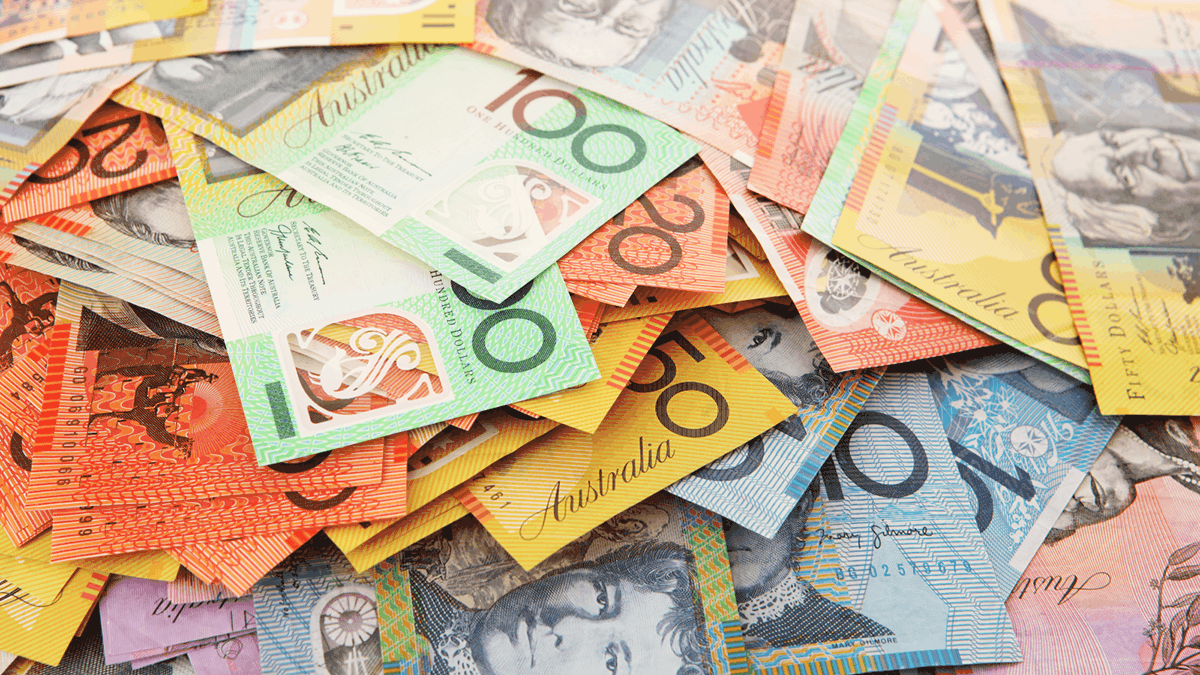The stimulus package provided by the Australian government early in the recovery process from the GFC, was designed to –
- revitalise our economy; and
- secure the jobs of many Australians – and in doing so,
- to protect the investment into business and industry that provides those jobs.
At the time of publishing this article (April 2009), we –
- posed the following questions, and
- quoted extensively from a couple of our managed funds managers.
Have you received your ‘bonus’ from the government?
How are you planning to ‘spend’ it?
Some stimulus package quotes quotes from Fund Managers
In a newsletter from Vanguard Investments, an article by James Dunn (a financial journalist and media consultant) took our eye.
The article complements the AXA article –
- “The Economy and Investor trends: de-leveraging”, also published in the article section of our website,
- in that it delves a little more into the stimulus packages referenced in that article.
We shared some relevant extracts (see below).
The author..
James Dunn is a financial journalist and media consultant. The views expressed are those of James Dunn, not necessarily those of Vanguard.
Some background..
“…to most people, the amounts of money involved in the various (global) stimulus plans .. are too large to (understand). …
The amounts involved are truly eye-glazing. The US has a US$820 billion stimulus package. China has projected a 4-trillion-yuan (US$586 billion) economic stimulus plan. It is expected to boost that spending to 6 trillion yuan (US$880 billion). Japan is spending US$122 billion, Germany US$110 billion, Russia US$90 billion and Australia US$27 billion. As the saying goes, pretty soon, you’re starting to talk about real money. …
The International Monetary Fund (IMF) prefers to talk about percentage of Gross Domestic Product (GDP). On that basis, Australia jumps to big-spender status. … China is tipping in 13 per cent of 2008 GDP and the US 5.5 per cent. Australia’s 3.5 per cent of GDP stimulus comes in ahead of the likes of –
- Germany (3.25 per cent of GDP), and
- Japan (2 per cent of GDP).
No matter how it is expressed, it also confusing to the general (public) just how much of the headline amounts thrown around like confetti will actually go toward stimulating economies. … And even if anyone could get an accurate feel for the true size of the dollops of stimulus money, how does the average person know if the stimulus is working?
The Australian experience..
Let’s look at Australia’s fiscal stimulus package(s), for example. … in the first tranche of the government’s fiscal stimulus program, in December 2008, the average Australian family received $1400 in direct cash payment from the government. In April 2009, a further $900 lobbed into the bank accounts of 8.7 million eligible Australians (those who earn less than $100,000 a year.)
The government’s rhetoric encouraged people to spend the money. … If you give people money and tell them they can do what they want with it, some will be wasted. … And even money that was not wasted by its recipients has not helped the government stimulate the economy. … …
… the Australian savings rate surged in the December 2008 quarter, from 3.4 per cent to 8.5 per cent, to reach the highest level since the 1980s.
After the debt binge of the 2000s, it is unarguably good that households (like companies) de-leverage and repair their balance sheets. The more that is saved today, the better people will feel about spending in the future. But the savings rate figures suggest that about 80 per cent of the December handouts was saved rather than spent. If so, the April largesse is likely to go the same way.
That’s very good in the long term, but not good if you’re planning a stimulus-led avoidance of recession in the short term. Given that stimulus has to be paid for in the future, governments might not be getting the bang for their buck that they need in the present. …
Some concerns about stimulus packages..
In short, all the stimulus in the world will make no difference as long as the global financial system is dysfunctional. Economic and market recovery needs to spring from confidence that there is real progress on this front.
Until participants in the real economy have faith in the solvency of the global banking system, and credit markets once again display normal levels of risk aversion, a sustainable level of demand in the global economy can’t be rebuilt, and confidence can’t return. Until then, governments splashing money into consumers’ hands, is window-dressing.”
The above article is for general information only: it is not advice – and it does not necessarily reflect the view or opinion of Continuum Financial Planners Pty Ltd advisers.
Readers with questions regarding the matters discussed above were invited to make an appointment with one of the Continuum Financial Planners Pty Ltd. To do so –
- phoning our office on 07-3421 3456, or
- at your convenience, use the linked Book A Meeting facility.
(This post was originally posted by us in April 2009. It has been occasionally refreshed/ updated, most recently in May 2025.)

